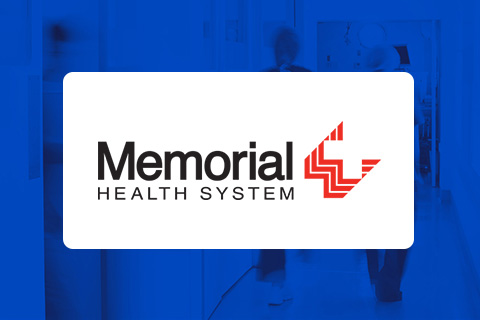
Leverage employee knowledge
Your employees are the best source of insights when it comes to improving processes. With simulation, you can integrate their knowledge, validate ideas, and show the tangible impact of proposed changes. By involving employees early, you enhance engagement, increase ownership, and strengthen stakeholder buy-in, making Lean initiatives more likely to succeed.










